#yellow turbans
Text
Yellow Sky Revolt Review
Tipped off by @sunfin3k this might be worth a try, grabbed kindle edition (for less then £3 so thanks for that price).
Baptiste Pinson Wu (who can be found on twitter and 3k communities) has taken a concept people often discuss for a game or other media. Life via the eyes of Liao Hua, Turban who lives to see the fall of Shu-Han, but actually did it. Being book one, this covers the beginning (the title may be a bit of a clue) but from a farmer's boy rather then a yet grand figure.
Wu has drawn upon a mix of sources, history, novel (with a leaning towards the novel), TV shows for his characters (he explains this well in his author notes) and managed to keep it cohesive. So you will get nods to both historical characters and novel figure (also a lot of Turbans), including new figures for Liao Hua's circle while reflecting them from a young Liao Hua's view. When making a choice of how one would write a character, such choices won't please everybody all the time but we all have different angles of how we portray someone and there are certainly fun nods for those who know the era.
I had fun and I do look forward to reading the next book. Deeper thoughts below (no spoilers)
The writing style is easy to read and he aims to be accessible, smoothly inserting explanations, but, perhaps in a bid to touch upon the culture of his wife, the use of the odd little Chinese (pinyin) word is possibly not a great idea for first timers? Not without a small glossary for it? He doesn't overdo it and usually (either via a line that follows or context) easy to understand but I do wonder if that might put one or two off.
Each character gets a brief appearance description while avoids the issue some have with the romance of throwing so many names at people. Figures gradually come into Liao Hua's life and only need to focus on a set few at a time, those he focuses on do make an impact as they are built up over their time with Liao Hua.
Humour aims for the boyish humour that people of Liao Hua's age would go for and ones aimed over his head (my fav bit involved Zhang Fei's memorable entrance). Goes for a sometimes harsh world with corporal punishment at the ready but bar one scene, didn't think he overdid it.
Liao Hua in this is both the elderly defeated general, looking back over his life and able to use that to help inform the narration, and Liao Hua the youth who is on a distant farm and is young, with so much to learn. A kid, unaware of so much and treated like one by those around him. Wu manages to knit together that balance well of the old head and the youngster.
I really admire how Liao Hua doesn't have major knowledge of things he shouldn't. No "and he knows the eunuchs are evil" or "woe, the Han court is evil and uncaring", more it is a distant entity most of the time and what he picks up are rumours or talk that may or may not be 100% accurate.
On the balance between "you want Liao Hua to be central enough to the story" (ie seeing events, interacting with figures) vs "avoiding being the special one", I think Wu keeps that balance. One situation I thought might go potentially too much towards the special one avoided that trap.
Book is split into two parts. First part I loved, the farm, the distance, the youthfulness vs the world, why Liao Hua became interested in the Turbans, the people he met, his being drawn into something bigger. I was a big fan of how the issue of magic was handled. It faded for me near the end when it came to a bit close to the novel, the build up to the scene was good but despite playing it from a different perspective, didn't quite land the moment, and the transition to part 2 was not the most exciting.
On paper I wasn't sure what I would feel about phase 2 initially when I saw the direction but soon found my attention fully engaged again. I don't think I can speak about what I enjoyed without spoiling it but felt that it was well pulled off involving figures I'm fond of. Got to see Liao Hua grow both during moments of peace then as danger reasserts (well done sense of the world changing) and an enjoyably teasing way to end.
5 notes
·
View notes
Note
Besides Zhang Jue, do you think any of the Turbans or their successor bandit groups were significant enough to merit inclusion in DW? Did they have any people who became accomplished? (I would have said Liao Hua but I read somewhere he wasn't really a Turban).
Significance is a relative question. Obviously the farther you get from the rebellion itself, the less important its remnants are. There are a few groups I think are noteworthy though. I think if one wants to extend the story of the Turbans or add more recognizable faces to the faction for the sake of a story, that's the place to look.
There was a group of Turbans who settled down in Hedong, In Bobo/White Wave Valley. They opposed Dong Zhuo but later helped Li Jue reclaim the capital from Wang Yun. They supported the junta for a bit, but later helped Liu Xie escape. Members of this group included Han Xian, Hu Cai, Li Le, Yang Feng, and Guo Da. After turning the emperor over to Cao Cao, Yang Feng and Han Xian briefly served Lu Bu before being killed (Yang Feng by Liu Bei, Han Xian by a local man). Interestingly, Xu Huang (a Hedong native) was also part of this group, although he does not appear to have joined until after they started fighting Dong Zhuo.
The Turbans in Qing province were numerous and weren't really suppressed the way those elsewhere were. They ravaged Qing for years, before moving west. After being defeated by Gongsun Zan, then migrated south into Yan, where they were finally subdued by Cao Cao. The best of their fighters became part of his army. As far as I know, the names of these individuals are not recorded. There is, however, a Qing turban named Guan Hai who is famous for attacking Kong Rong (where he was rescued by Taishi Ci and Liu Bei) and could be a representative of this faction; though there's no evidence he was one of the ones who went to serve Cao Cao.
The Turbans of Runan were actually key supporters of the Yuan family. They joined with Yuan Shu to fight against Dong Zhuo, and against Cao Cao. Many of them were killed in 196, but the group persisted. Liu Bei joined up with them in 200 to harass Cao Cao's rear while he was engaged at Guandu, though to no significant effect. After Cao Cao's victory at Guandu, he returned to Runan and crushed the Turbans for good. Members of this group included Liu Pi, Huang Shao, He Man, and He Yi.
So there's a collection of names. The most important, in my opinion, are Yang Feng, Han Xian, Guan Hai, and Liu Pi. The others (Hu Cai, Li Le, Guo Da, Huang Shao, He Man, He Yi) less so. If you want to flesh out the group, those are the people to use, since they were the ones who did things of note after the larger rebellion was settled.
6 notes
·
View notes
Text
Section 51: The True Contact by Barbara Hendrischke
Themes: Yellow Turbans
Overview:
Hendrischke is dubious about the authenticity of this short passage. Firstly the student gets the right answer straight away which is unlike the rest of the TPJ but she also thinks that the message is a fairly radical departure from the rest of what it teaches. That the Celestial Master makes a point of promoting this passage only adds to her doubts.
* * * * *
The passage starts with the Master asking a question of the student. What actions are right and which are wrong? The student basically says if an action bears fruit it is right. He uses the example of healing – if someone heals someone then they are right and if they fail, they are wrong. Except for the ruler.
The Celestial Master agrees with the explanation and says he has nothing to add and encourages the student to observe how men act. The Master then announces that this shouldn’t be put at the end of the writings, but as part of the declaration – which the previous section covered.
3 notes
·
View notes
Text

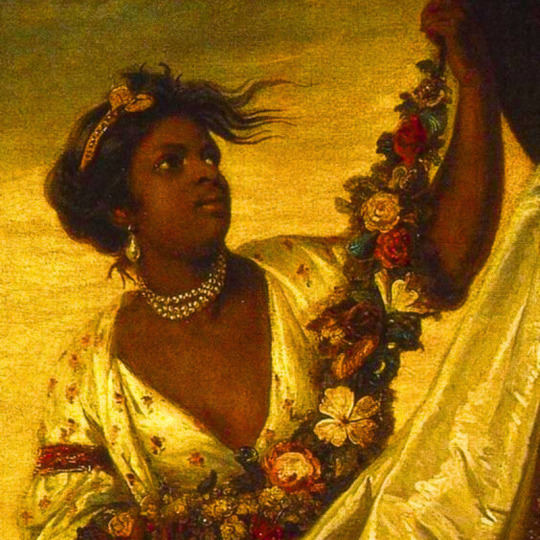



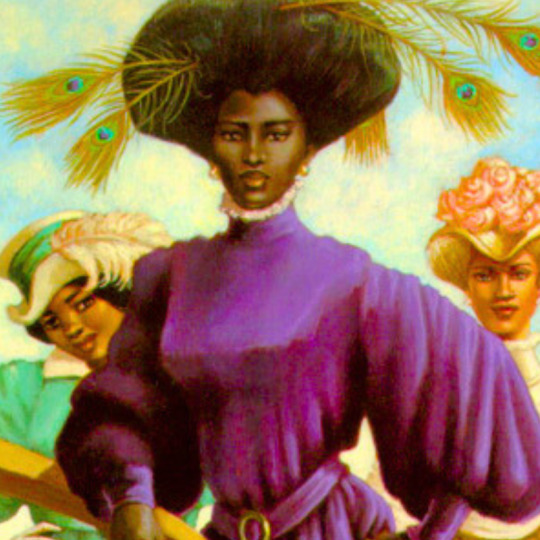
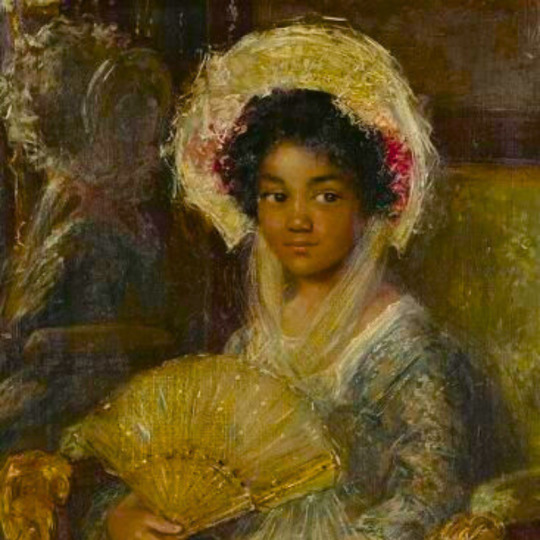
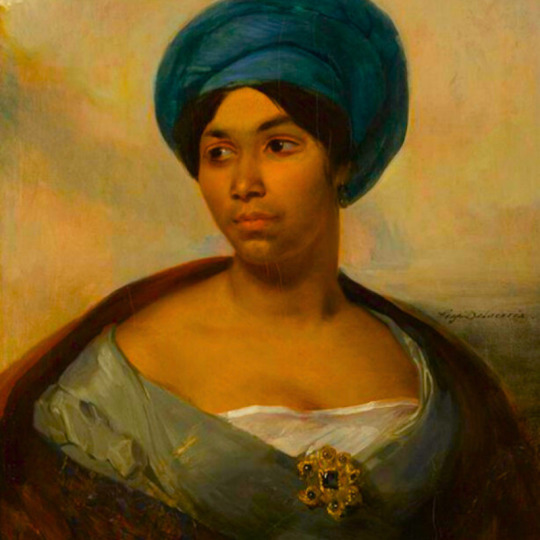

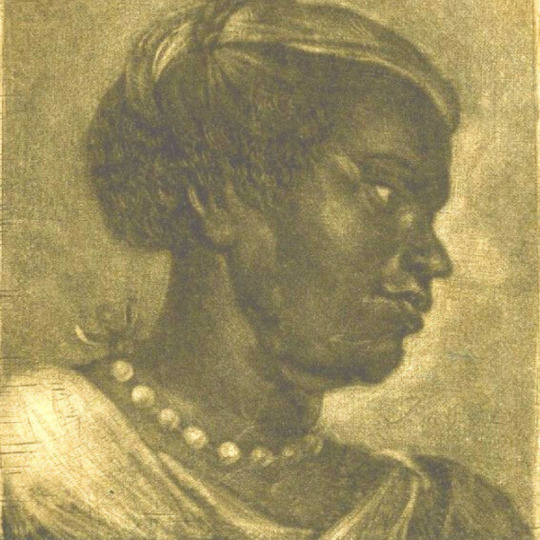


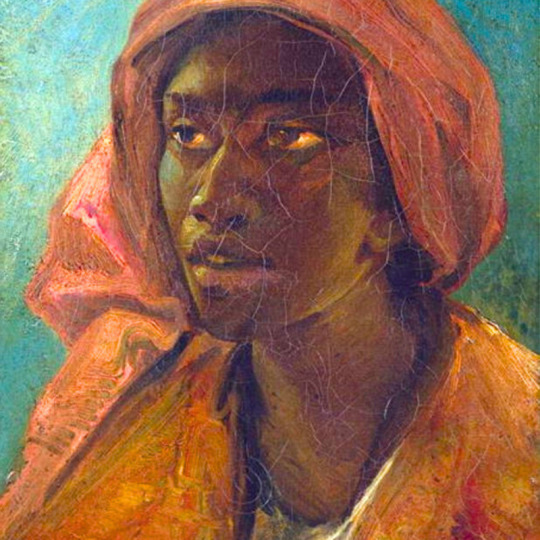
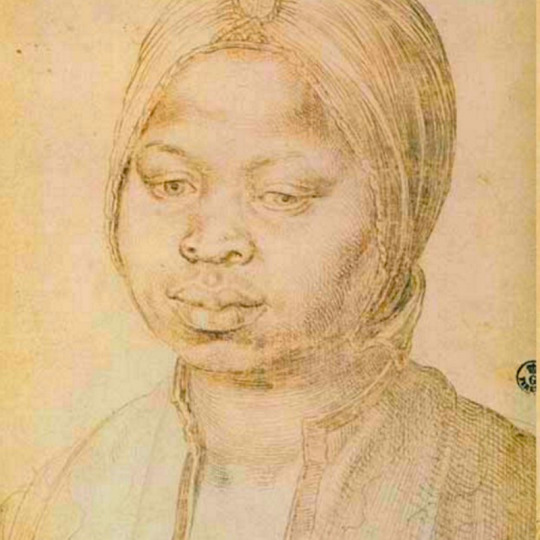
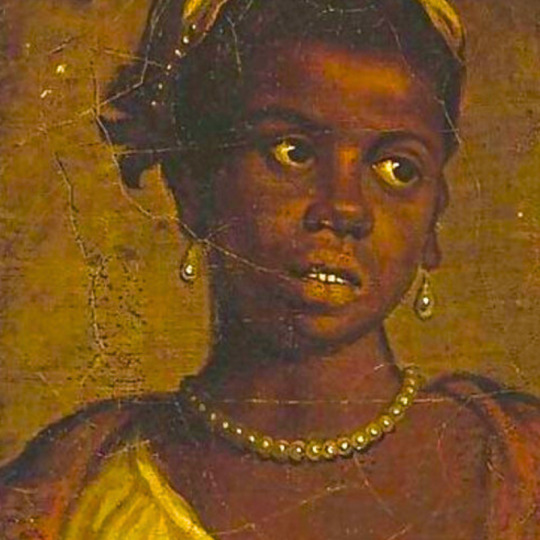

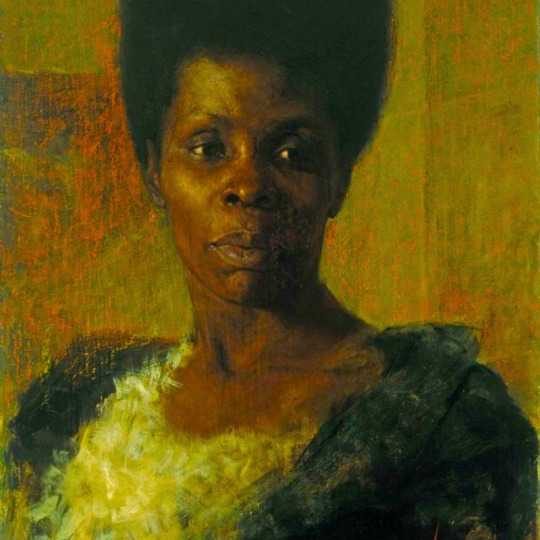



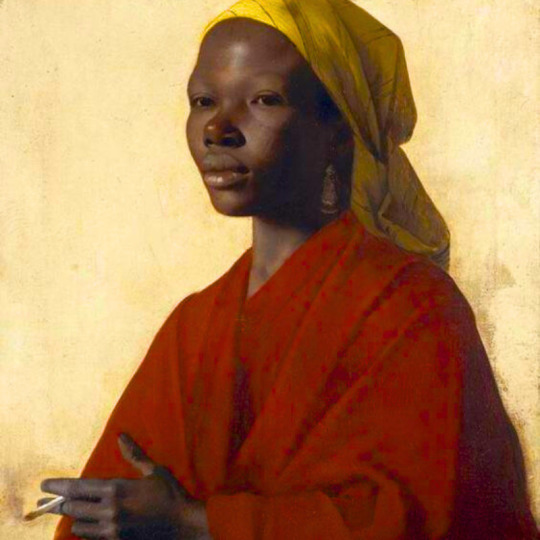
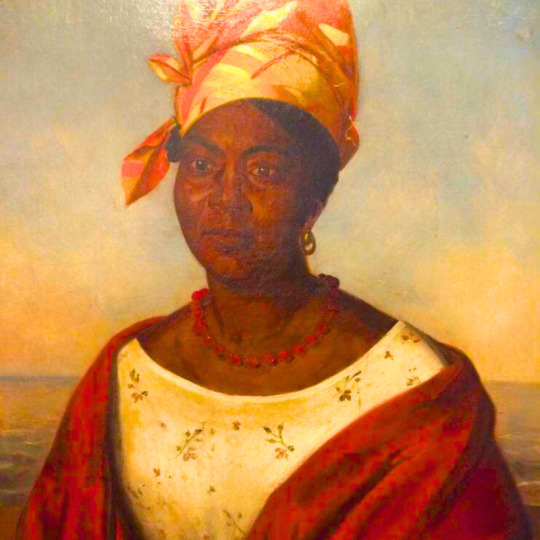
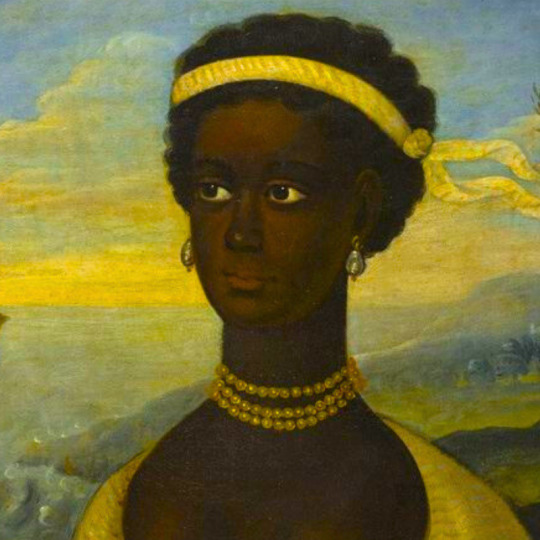

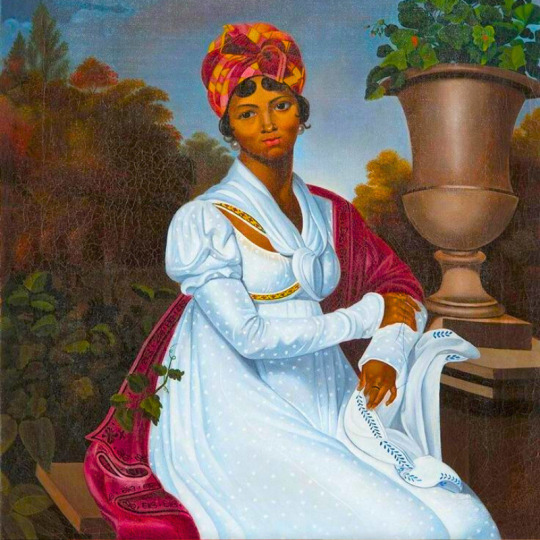
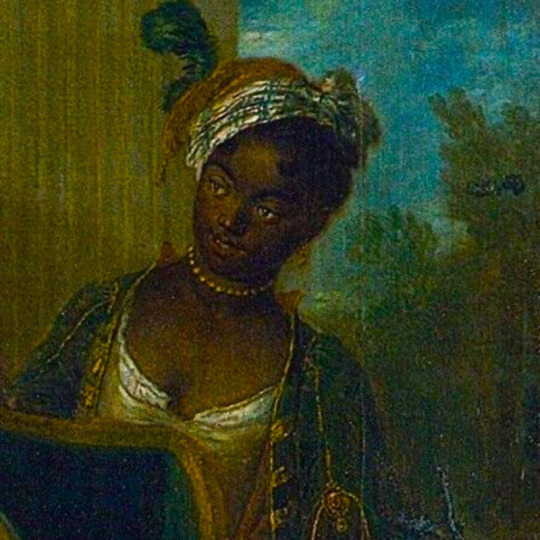



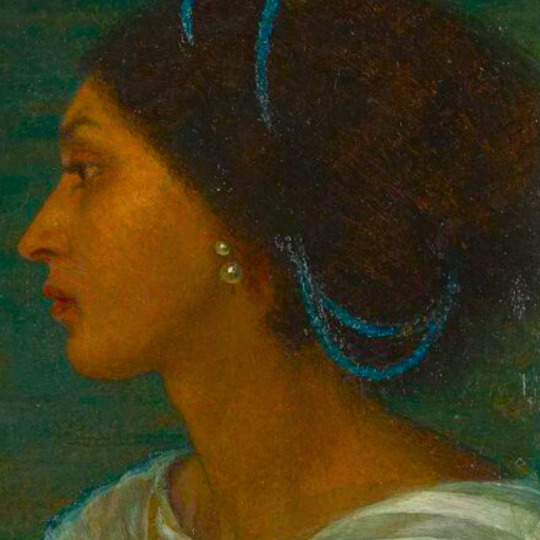
black women + art
#portrait of unknown swiss woman by unknown#portrait of lady elizabeth keppel adoring a herm of hymen england#portrait of a woman by felipe gutierrez#an african woman by willem van mieris#allegory of music by fieravino francesco ii maltese#gens de coloeur libres by leo dillon#young girl with fan by simon maris#portrait of a woman in a blue turban by eugene delacroix#the agrippine sibyl by abraham janssens#black woman wearing pearl necklace by johannes de groot ii#black woman in black chalk by frans van mieris#unknown black woman wearing a yellow head-dress decorated with pearls by peter paul rubens#young black woman by jean-louis andre theodore gericault#trade representative of the king of portugal in antwerp by albrecht durer#portrait of a moorish woman by paolo veronese#portrait d'une by marie-guilhelmine benoist#portrait of a black girl by anton azbe#untitled by ilia efimovich repin#portrait of madeleine by marie-guilhelmine benoist#unknown by unknown#sudanese beauty by leopold carl muller#woman in tignon by adolph rinck#unknown#africa by rosalba carriera#la martiniquaise by unknown#i do not know i could not find the artist#allegory of africa by jan boeckhorst#persina sitting on hyaspes' lap looking at a painting of andromeda by karel van mander iii#belle by david martin#fanny eaton by i can't find the artist
1K notes
·
View notes
Text
.
#Today I decided to treat myself to some noodles 🍜#So I went to an empty Japanese restaurant and was enjoying my meal in solitude#UNTIL this bloke in his 20s with a bright yellow turban walks in and orders a ramen#and proceeds to sit at the table in front of mine…. directly facing me 👁️👁️🍜#And then he laughs about it and asks if he can sit at my table instead#In that moment one part of me was internally groaning that I’m disturbed by some random guy 😾🗯️#But the other part of me told him ‘comme tu veux’ and so he sat down and GUESS WHAT#It was actually nice 👌#Apparently he is half Angolaese & half Portuguese and is the youngest son with 3 sisters. Enlightened me w/some cooking hacks too#We ate together and had such a lovely chat …. But thinking about it later: how bizarre ? lol
42 notes
·
View notes
Text

Francois Louis Schmied, Art Deco Front cover illustration, History of the Princess Badoura - Tales of a Thousand and One Nights. 1926
For sale: Meisterdrucke
Princess Badoura
In the Tales of the Arabian Nights, Badoura is a princess of China and the most beautiful woman ever seen upon the earth. She magically falls in love in her sleep with Prince Camar of Persia thanks to the supernatural antics of two genies, who boast of their rival beauty. In defiance of their families, the young couple steadfastly refuse to marry anyone else until they are reunited after a quest for each other across Arabia. Their dreams come true and the princess travels to her wedding in great splendor on the back of an elephant. (x)
#Francois Louis Schmied#illustration#cover#cover illustration#art deco#art deco cover#cover art#1001 nights#princess boudour#boudour#F.L. Schmied#Princess Badoura#Arabian nights#1926#1920s#20s#1926 illustrations#oriental#turban#yellow#folk tales#middle east#china#chinese beauty#chinese princess#chinese
38 notes
·
View notes
Text
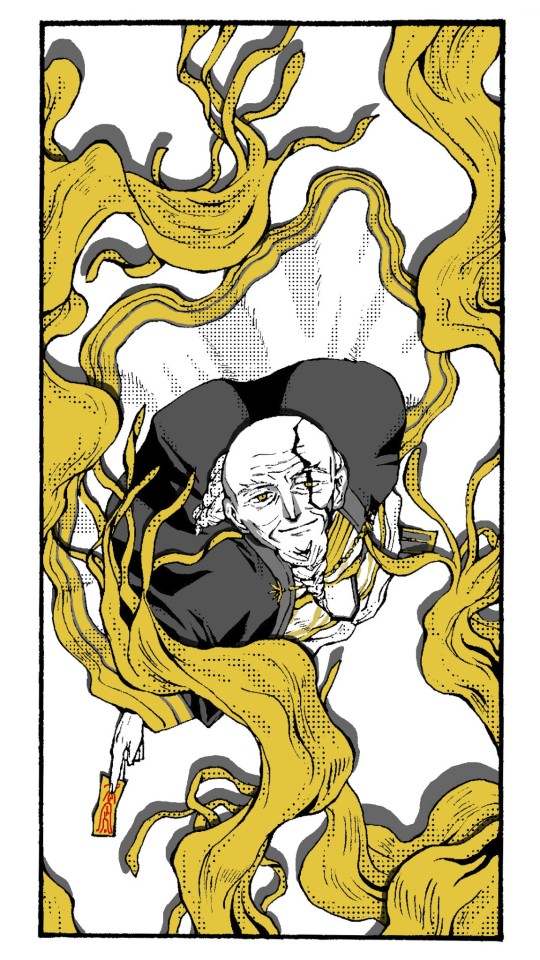
40 notes
·
View notes
Text
parts of total war warhammer does look very appealing (faction/unit diversity for example) but the price tag like. jeesh
#it's even technically the discounted version now - used to be you had to own all three to play immortal empires which. yeah.#my rambles#even just looking at the dlc list gives me a headache esp since a bunch of fun looking factions I'm interested in are dlc factions#may it get cracked soon amen#video games#at any rate I want to get yellow turban rebellion + mandate of heaven first lol
5 notes
·
View notes
Text
One thing abt me, I do NOT play about Diljit Dosanjh.
#sorry but the talent and distinct style the voice the persona the face#thats a star#and the fact that he was always this talented and grew slowly and steadily and improved upon what he already possessed#always learning and improving and finding better opportunities#and now he's literally a star in his own right#him at Coachella with his white kurta and turban and sunglasses and yellow gloves#thats a man with style#him and deepika the only two actual real stars thus country has produced who manage to hold their own while also doing interesting work#while keeping the nonsense on the down low and also surprisingly not being political sellouts when its so easy to be in the current climate#both January Capricorns too thats right#and now Diljit hangs around in custom celine#like that's a Man!#my friends who grew up in Punjab literally adore him#he's so hot so charming so lovely ugh#diljit dosanjh#personal
5 notes
·
View notes
Text
Deep Dive: Yellow Dreams Never Die
@dongzhou3kingdoms hosts @sunfin3k and @zgongjin as they return to discuss the Yellow Turbans in our first deep dive episode. Topics of conversation are the history of the Turbans, their beliefs, what we know of them, who they were and why things went so badly for them.
Our first deep dive, focused solely on the history of the subject (in this case, the Turbans) rather then a novel chapter and it's themes. When a major character dies or a major appropriate subject comes up, we are hoping to have one of these
Date of Taiping Jing article
Chapter timings
01:03 What We Know
15:05 Context in which they rose
21:42 Turban plot
29:40 The War
48:43 Aftermath
All our platforms, podcast or youtube
Transcript
Feedback welcome
27 notes
·
View notes
Text
Pinghua on Turbans
Borrowing from a twitter thread I did
Was looking through the Pinghua/Records in Plain Language (nominee for "most unhelpful title for a fictional work") Turban section last night for a project I'm on. Had some thoughts though I admit mind was partly on contrasts with the novel rather then just the Pinghua itself which is a bad habit, tried to lessen that here
Zhang Jue's descent from healer to ambitious rebel feels quite mean-spirited. The tale of the leper he learnt from as the build up, getting the gift of cures when he is leaving to see mother with the promise not to use them for money and then straight away building his own... network
2. Liu Bei being the last of the brothers on scene vs the first was an intresting difference from the novel. Liu Bei still sandal weaving, Zhang Fei quite the wealthy figure and has authority
I really like the Zhang Fei paying for an embarrassed penniless Guan Yu's wine, it was a lovely moment that I wish more media would borrow from.
3. Whereas we are used to the Turbans being the intro to the three factions, here is all about Liu Bei. Or more, Zhang Fei with Liu Bei as the support act. They are the vanguard to Huangfu Song's army with Zhang Fei often going it alone or leading the attack
4. Zhang Fei bathing outside Turban city and dressing on horseback in DW when?
5. I like the moment the Turbans brothers (Jue's nephews), upon seeing the bathing Zhang Fei, rile themselves up into the fight.
0 notes
Text
kinda kills me how red cliff (2008) introduces zhang fei by showing him doing calligraphy. we are BEATING those illiteracy allegations baby
#it is hilarious that zhang fei is (usually portrayed as) the closest thing to a standard d&d barbarian#and yet he’s also the only landed gentry there#that was HIS peach garden they made the oath in. those were HIS horses they rode against the yellow turbans on.#and after all that the first thing liu bei does is forbid him from making plans#ryddles
14 notes
·
View notes
Text
Section 50: An Explanation of the Master’s Declaration by Barbara Hendrischke
Themes: Yellow Turbans
Overview:
This section seems to be very important. It is quoted in a later section – the only occurrence of the TPJ being self-referential. It is his exegesis of a declaration the student says he made earlier. Hendrischke says that its topic is to do with the salvation of those who adopt his doctrine.
Hendrischke says that this section is isolated from the ones before but connected to the next. The section also contains two other short passages that are unconnected to the declaration, but Hendrischke suggests this makes sense if we believe that this is reporting dialogue between Master & student.
* * * * *
The student begins by asking about the Celestial Master’s previous declaration that he cannot understand so he asks him to explain it to him. A question that wins him high praise. The master goes through the declaration character by character.
He begins by explaining that he has been sent by the Heavens to explain all the details to redeem the millions from the faults they transmit and receive. He reminds his student how the world became like this and then goes into depth on what will happen if people follow his teaching. The student says he understands what the Master is saying and asks permission to ask another question.
The student asks who was the Master’s teacher. The Master responds that he sought the advice of various teachers until he became in tune with heaven at which point, he understood what the heavens wanted him to teach. So, heaven is his teacher.
The student then asks whether receiving and transmitting evil belong together. The teacher explains that in the old days they received heaven’s favour before they slowly lost it and transmitted evil. Now days people receive evil and then transmit it. So, receiving it comes first. The master then forbids the student from asking more questions and dismisses him.
2 notes
·
View notes
Text
thinking about the dw movie again, are they even making a second one or are they sweeping it under the rug since it tanked? but it was mad entertaining i want more even if they went in with a smaller budget or whatever (though i dont even know what the budget of the first one went into lmao)
someone on reddit said months ago that theyre making a sequel but i found nothing about it, only people asking for one
#if anything people are still talking about it#i wonder if it has a future....#if it has one billion fans im one of them if it has one fan its me if it has no fans im no longer alive or something#thoughts are being thunk#i was sold at yellow turban zombies and it just kept going
4 notes
·
View notes
Photo
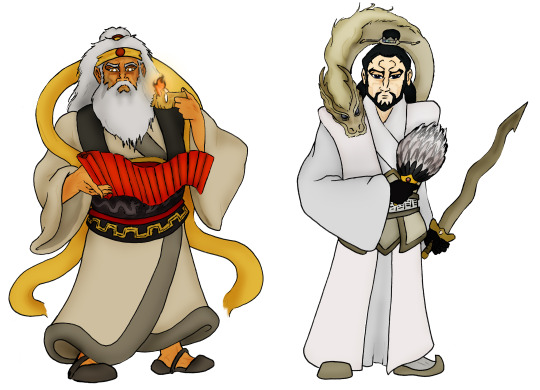
Zhang Jue and Zhuge Liang
Two sages looking for a calling in life.
Once a humble faith-healer in impoverished Julu, Zhang Jue uses charisma and mysticism to found the Yellow Scarf Rebellion, a movement of peasants and Taoists who accept all into their brethren and vow to bring about the 'Age Of The Golden Sky', a new beginning for the realm. Zhang Jue claims to gather his power from ancient and sacred tomes on which are written the secrets of the universe. What he does with these secrets is anyone's guess. But Zhang Jue is the most dangerous kind of agitator, one who genuinely believes.
Zhuge Liang, Kongming to his friends, is a mystery even to a mind such as Cao Cao. His intentions, his beginnings, his ambitions and goals and ideals, all kept very secret from everyone, as far as anyone knows. He knows his way around the land better than most, is a most dextrous and formidable swordsman and seems able to unravel an enemy's strategy as easy as if he came up with the strategy itself. The fact that he decides to join Liu Bei of all people, who at the time is all but a fugitive, confuses Cao Cao even further. Zhuge Liang claims that he sees in Liu Bei a mighty Imperial legacy. Steadily, one can suppose that Zhuge Liang himself wishes to 'be' that legacy.
I came with the 'Dragon-Head Lamp' Zhang Jue's holding myself. Might be a bit impractical but hey.
Zhuge Liang's dragon is just meant to be a decorative collar...as far as you know.
And yes, my Zhuge Liang carries a sword and knows how to use it.
#Zhuge Liang#Zhang Jiao#zhang jue#yellow scarf#Yellow Turban#kongming#Liu Bei#shu han#Three Kingdoms#Romance of the Three Kingdoms#sangoku#sanguosha#Han Dynasty#historical fiction#webcomic#ttoca
2 notes
·
View notes
Text
The Collapse of the Han Dynasty and 350 Years of Disunity
The Collapse of the Han Dynasty and 350 Years of Disunity
Episode 20: The Age of Disunity
Foundations of Eastern Civilization
Dr Craig Benjamin (2013)
Film Review
According to Benjamin, the last decades of the Han Dynasty were characterized by corruption and infighting between the three groups of competing elites: the emperor’s eunuchs, the hereditary nobility and the Confucian bureaucrats. Simultaneously there was also substantial peasant unrest, most…
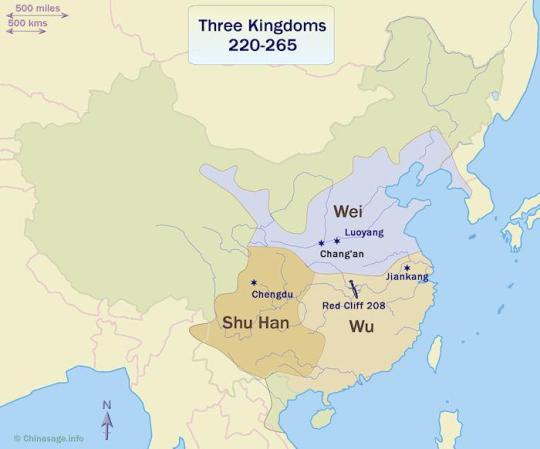
View On WordPress
#Buddhism#cao cao#cao pi#collapse of han dynasty#eunuchs#grand canal#jin dynasty#manchuria#shaanxi#shu#sui dynasty#wei#wendi#wu#xiongnu#yangdi#yellow turban rebellion
4 notes
·
View notes